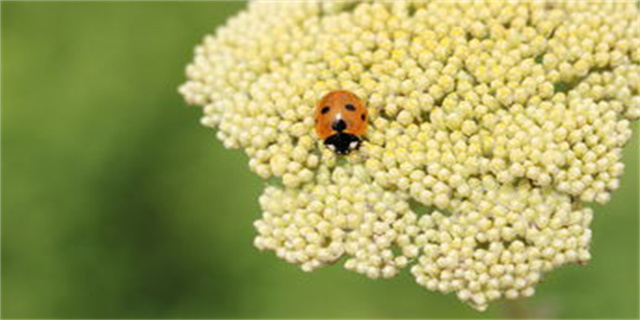雄蕊和雌蕊怎么读(Male and Female Reproductive Organs A Comprehensive Guide)
Male and Female Reproductive Organs: A Comprehensive Guide
The reproductive organs are a crucial part of the human body, responsible for the perpetuation of the species. In this article, we will explore the intricacies of the male and female reproductive systems, focusing primarily on the male and female reproductive organs: the stamen and pistil, respectively.
Understanding the Male Reproductive Organs: The Stamen
The stamen is the male reproductive organ in plants, consisting of an anther and a filament. The anther produces pollen - the male reproductive cells - which is then transferred to the stigma of the female reproductive organ (the pistil) during pollination. This process is facilitated by bees, butterflies, birds, and other pollinators.
The male reproductive organs in humans are similar in function, as they are responsible for producing and transferring sperm - the male reproductive cells - to the female reproductive organs. The male reproductive system consists of the penis, testes, scrotum, and vas deferens. The testes produce sperm and testosterone, while the penis facilitates the transfer of sperm to the female reproductive tract during sexual intercourse.

Understanding the Female Reproductive Organs: The Pistil
The pistil is the female reproductive organ in plants, consisting of the stigma, style, and ovary. The stigma receives the pollen from the stamen during pollination, and the pollen travels down the style to reach the ovary. The ovary then develops into a fruit containing seeds.
In humans, the female reproductive system consists of the ovaries, uterus, and vagina. The ovaries produce and release eggs - the female reproductive cells - which travel down the fallopian tubes to reach the uterus. The uterus is responsible for providing an environment for the fertilized egg to develop into a fetus, and the vagina facilitates intercourse and childbirth.

The Importance of Understanding Reproductive Anatomy
Understanding the intricate details of the male and female reproductive systems is important for many reasons. For one, it allows us to better understand the processes involved in reproduction and how we can support fertility. Additionally, it allows us to better diagnose and treat reproductive disorders or diseases.

Furthermore, understanding reproductive anatomy can help us make informed decisions about our sexual health, including contraception and family planning. It can also help us develop a better understanding of our own bodies and promote body positivity and sexual empowerment.
In conclusion, the stamen and pistil in plants and the male and female reproductive organs in humans play a crucial role in reproduction. Understanding the intricacies of these organs can help us promote reproductive health, diagnose and treat reproductive disorders, and make informed decisions about our sexual health.
| 留言与评论 (共有 条评论) |







